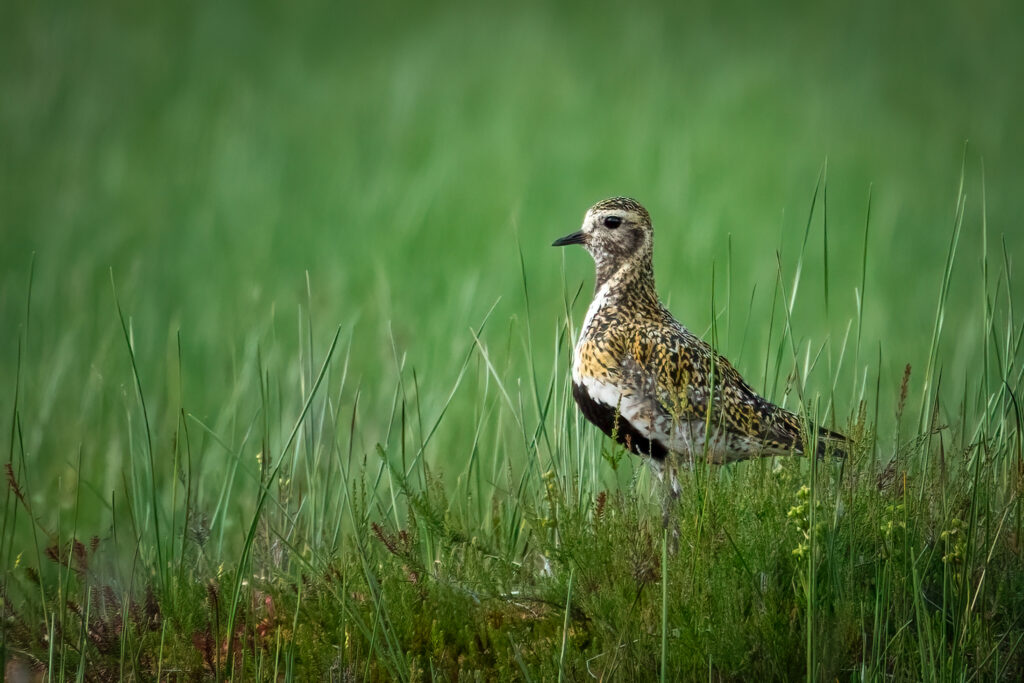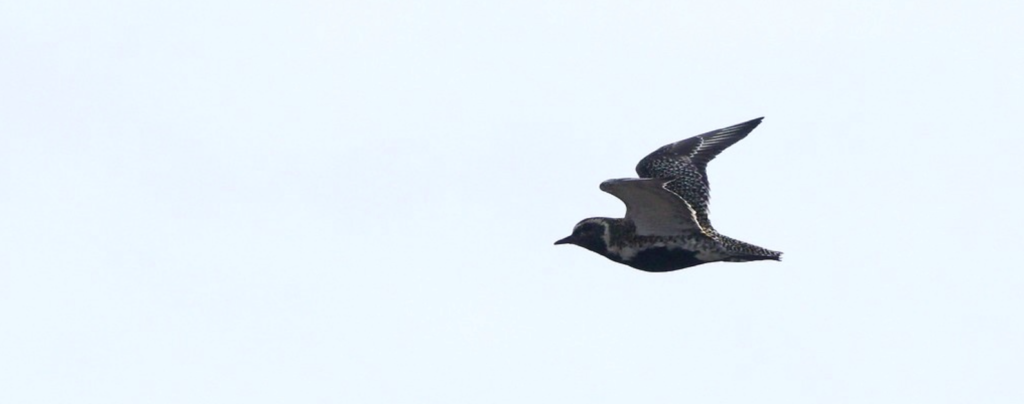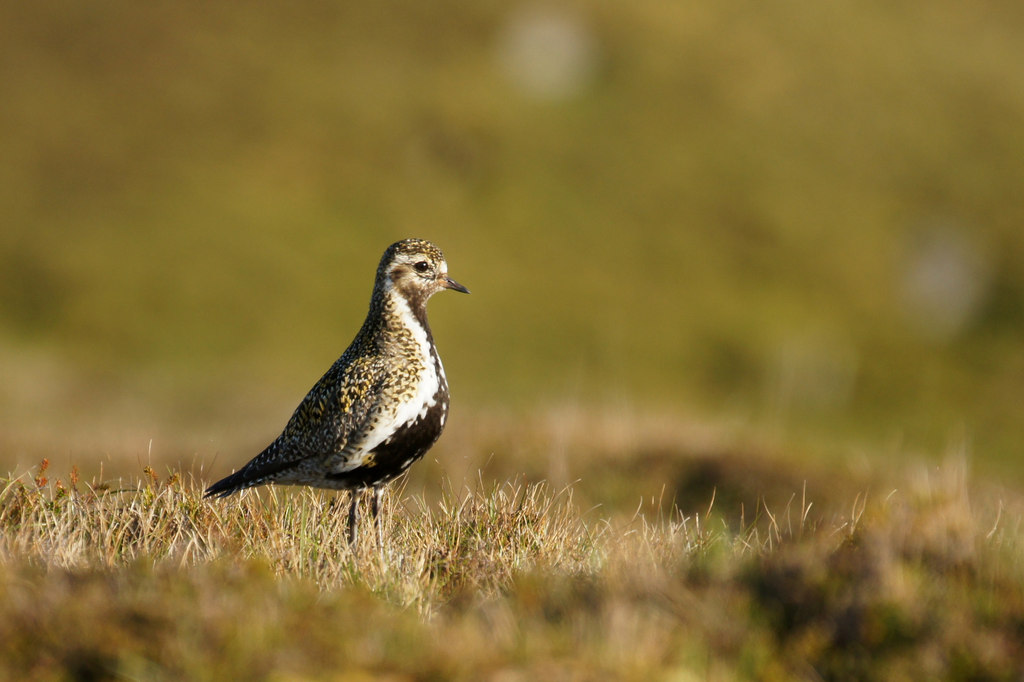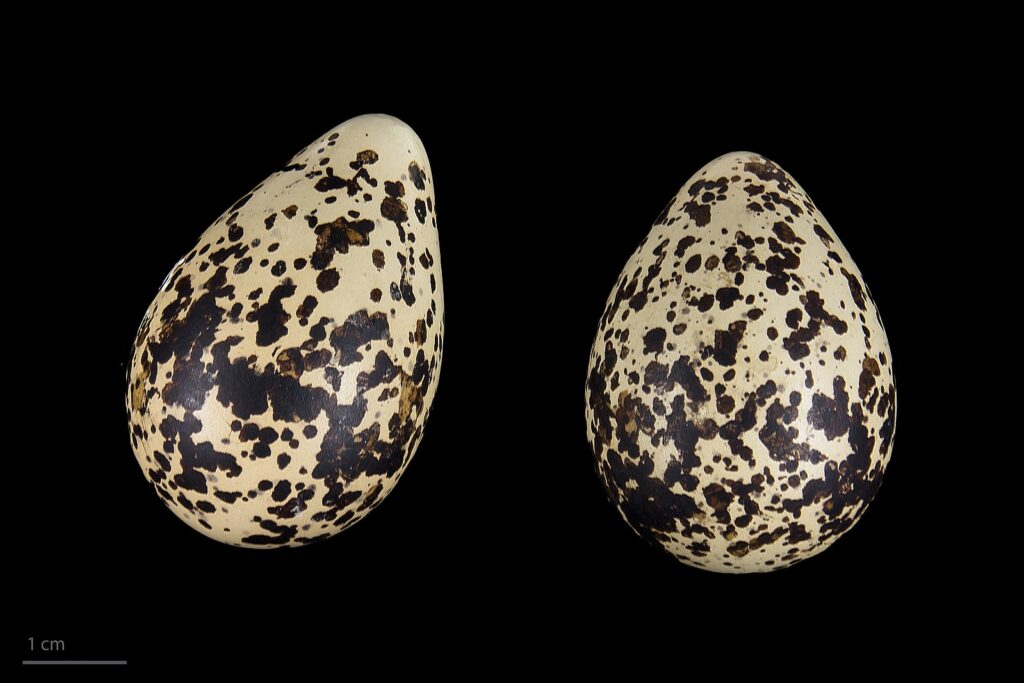Protected species of the month - the European Golden Plover
Do you know what the sowing bird or the lark chicken is? These are ancient Latvian names for the protected species of September - the European Golden Plover (Pluvialis apricaria). We encourage you to be observant, and you might spot this species, as thousands of them are currently migrating through Latvia.

The European Golden Plover is a medium-sized bird, with a body length of 26-29 cm, a wingspan of 67–76 cm, and a weight ranging from 157 to 312 g. The average lifespan of this bird is 4 years, but it can live up to 10 years.
Adult birds in breeding plumage have a black upper body with bright yellow spots, while the lower part of the head, throat, chest, and belly are black. The undertail coverts are pale. The tail feathers are greenish-black with light cross stripes. A white stripe stretches from the base of the beak, passing through the eye and down the neck.

In the fall, the yellow spots are inconspicuous, and the neck is greenish-yellow with gray or black spots. Young birds have a brownish upper body with greenish-yellow spots. The beak is short and black.
The bird mainly feeds on insects, such as beetles and caterpillars. However, its diet can also include other invertebrates, seeds, berries, and even worms. The European Golden Plover often searches for food at night.

European Golden Plovers form monogamous pairs that stay together for life. Each breeding season, they produce only one brood. Although they usually nest separately, their nests can sometimes be found less than 100m apart.
Each pair is closely attached to a specific nesting site and defends it from other birds, but they often search for food outside their nesting territory.

The nest of the European Golden Plover is a shallow depression in the ground, lined with moss and various other plants. Each clutch contains 2-5 eggs, recognizable by their light brown color adorned with black spots.
The incubation period for the eggs lasts from 28 to 31 days, and both parents care for both the eggs and the hatched chicks. The chicks are precocial and soon after hatching, they actively follow their parents and start searching for food on their own. Their feathers fully develop at the age of 25-33 days, and soon after, the chicks become independent. European Golden Plovers reach sexual maturity at the age of 2.
The European Golden Plover is a migratory bird that winters in Western Europe and the Mediterranean region. A small number also winter in Latvia. They typically winter in agricultural fields, freshwater pond shores, and wet meadows. The species' breeding range extends from Greenland across the northern part of Europe to the northern parts of Siberia. Latvia's breeding population consists of 260–550 pairs.
